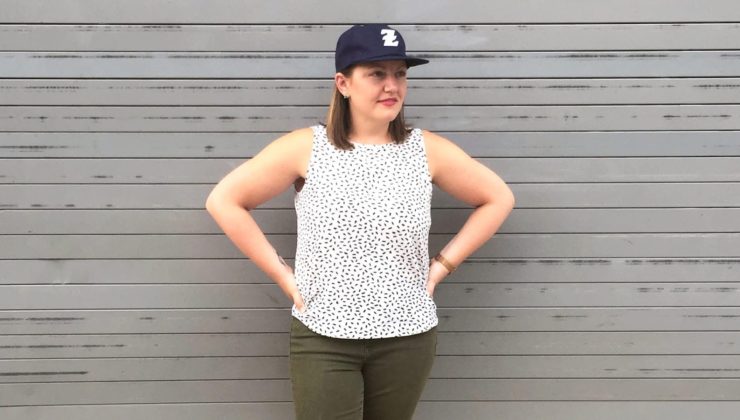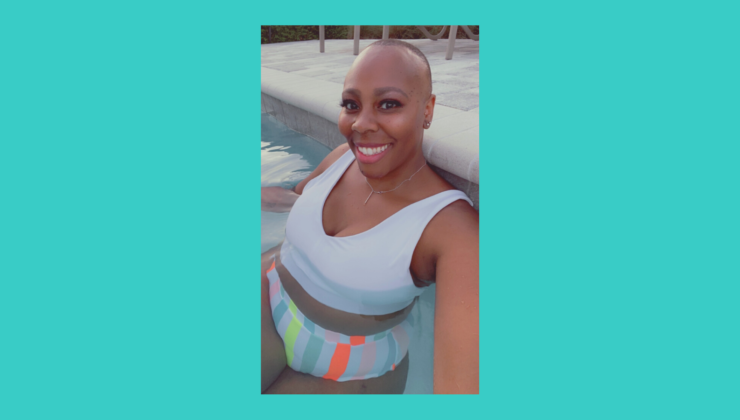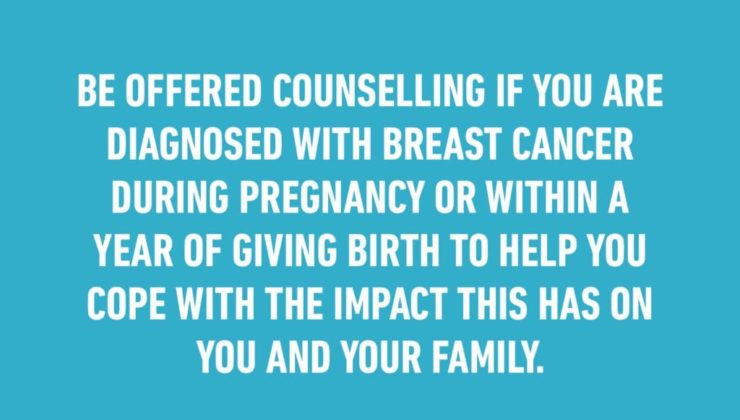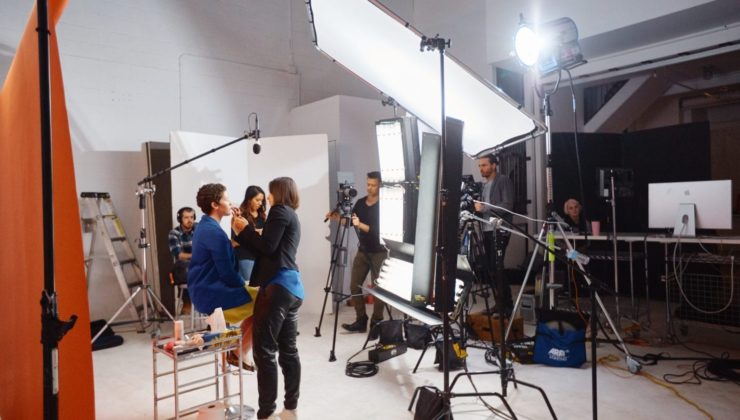The 411: Re-Building Strength + Confidence post Surgery
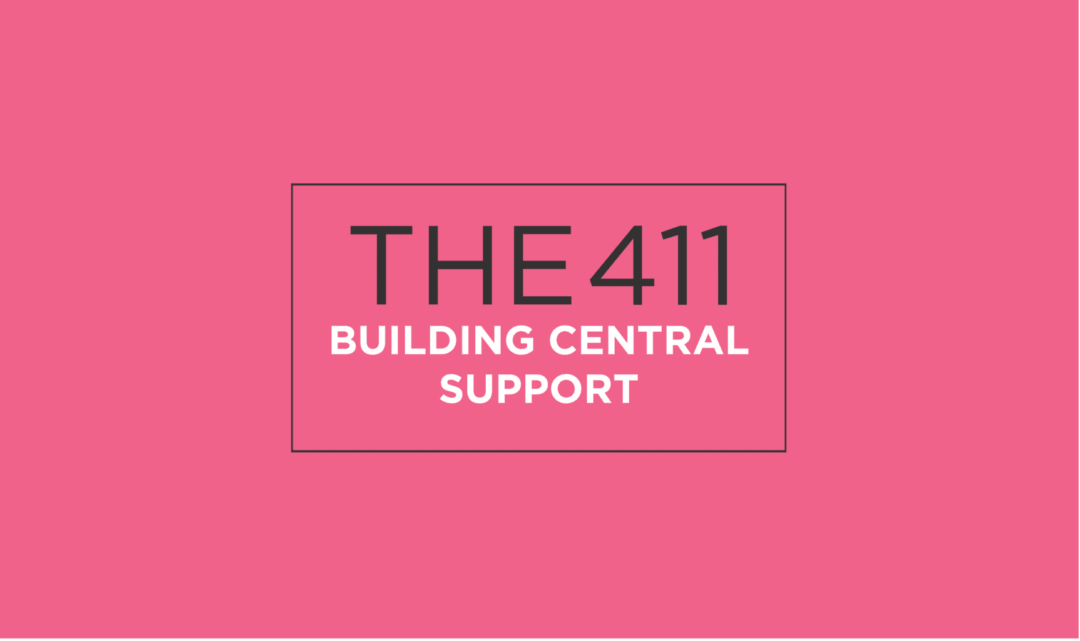
Part 2: Central Support
Now that you have started to re-build your physical strength after surgery with the exercises in Part 1 of this series, you should be feeling an increased range of motion and mobility, and hopefully a greater sense of ease and confidence in your body along with it. Now is the perfect time add to this next group of exercises to your routine. This series will hone your focus on your spine and build central support for your entire body from the inside, out.
One way to think about how the body works is to consider a central support system built around the spine. Just as the mast of a ship is the centre that holds the sails, so the spine is the key support of the entire body. Another image that is often helpful when we think of the centre of the body is a ½ wetsuit. It wraps the torso and covers the hips and shoulders. Everything inside the wetsuit contributes to the support systems that keep us upright, stable and mobile. So, even though the trauma point of this surgery is in your upper body, adding exercises that focus on your spine will set the stage to build strength along the centre line and create three-dimensional support for your entire body.
Deep in the body, some muscles form what is called a girdle of support. Nestled along the spine, we have the multifidi muscles which are responsible for almost 70% of the spine’s stability. Next are the more than 20 muscles we use to breathe. Conditioning our breathing muscles is critical to creating a stable yet mobile ribcage which is the bony base of support for the shoulders. More superficial we have the abdominal obliques, which provide the muscular support around the ribs. These muscles connect to the primary muscles in our shoulders and help control smooth, efficient movement in the upper body. Finally, the muscles of the buttocks and back work to create a posterior sling, like a diagonal seat belt running from each hip to the opposite shoulder.
These four sets of muscles, when in sync, help us feel stable, aligned and secure in the midriff: like we have a base to rely on for all our daily movements of the upper body. When you access and target these muscle systems correctly, you create support that will help balance out pain, strain or weakness in the body, in this case, your upper body.
There is no magic bullet to this process but commitment and work. After 4-6 weeks of doing these exercises 3-5 times a week, you should be feeling physically powerful and stronger, and mentally and emotionally confident as a result.
Guidelines
- This is a 3-part, stage 1 exercise series designed to recondition your entire body before you return to regular workouts that are weight-bearing on the arms.
- You should not feel any pulling or ripping sensations. If you feel any strain, make your range of motion smaller. If this does not help, omit the exercise altogether and revisit in in a week.
- Do 6-10 reps of each exercise one after the other, then do three sets of the entire series. (Approx. 15 minutes)
- Start with 3 – 5 times a week. Begin these exercises, based on the recommendation of your physician.
Breathing (lateral and back)
Sit or stand and wrap a stretchy band (or even a pair of tights) around your midriff. Cross the ends over each other in the front and pull on them, so the band feels snug around your ribs and abdomen. Breathe laterally, (out to the sides), and backwards, so your torso expands into the band. Then, as you exhale, deflate and narrow your torso to squeeze the air out. As you exhale, tug on the band so at the same time, so it pulls in around you. Don’t worry about taking a big breath. Focus on expanding sideways and back without raising shoulders and straining your neck. Keep it small to start and if you feel strain or excessive tightening in your neck, ease off.
Rocking (multifidi)
Stand in a split stance with one foot forward and one foot back. Rock from foot to foot in a rhythmic motion. Allow your arms to swing easily. It is unlikely you will feel your back muscles and instead, may be aware of muscles in your buttocks and legs. Repeat on the other side.
Hip Sway (obliques)
Lie on your back with knees bent and feet flat. Lay arms at sides, like an A-frame. Sway your knees to the left until you feel heavy on your left buttocks and shoulder with right buttock and lower back lifted off the ground. If easy and comfortable, keep your shoulders square. If not, allow them to move with you. Roll back to centre as if unwinding the spine until you return to the start position. Repeat on the other side.
Neutral Bridge (buttocks and back)
Lie on your back with knees bent and feet flat. Lay your arms at your sides. Press your feet and the back of your shoulders into the floor and raise your hips toward the sky. Then, lower your hips with control. When you lift your hips, imagine a long diagonal line from your shoulders to your knees. If you feel your lower back working a lot, lower your hips slightly: you may feel your buttocks immediately or not. Avoid squeezing them as this may strain your knees.
Margot McKinnon (B.Ed., M.Ed.) is a Pilates and Movement Specialist dedicated to helping train teachers and the general public to move with ease and integrity.

